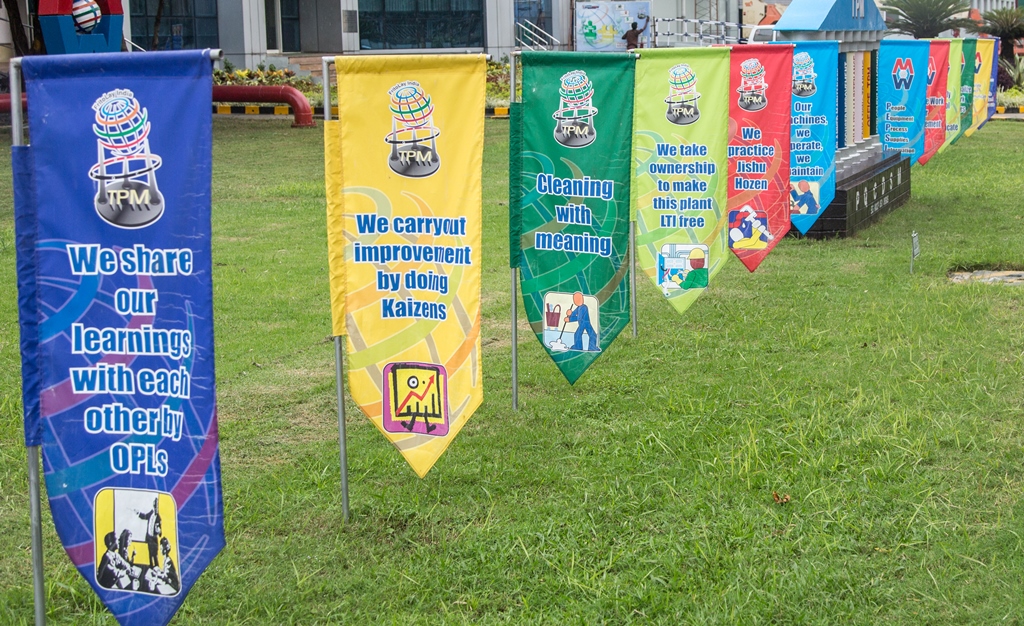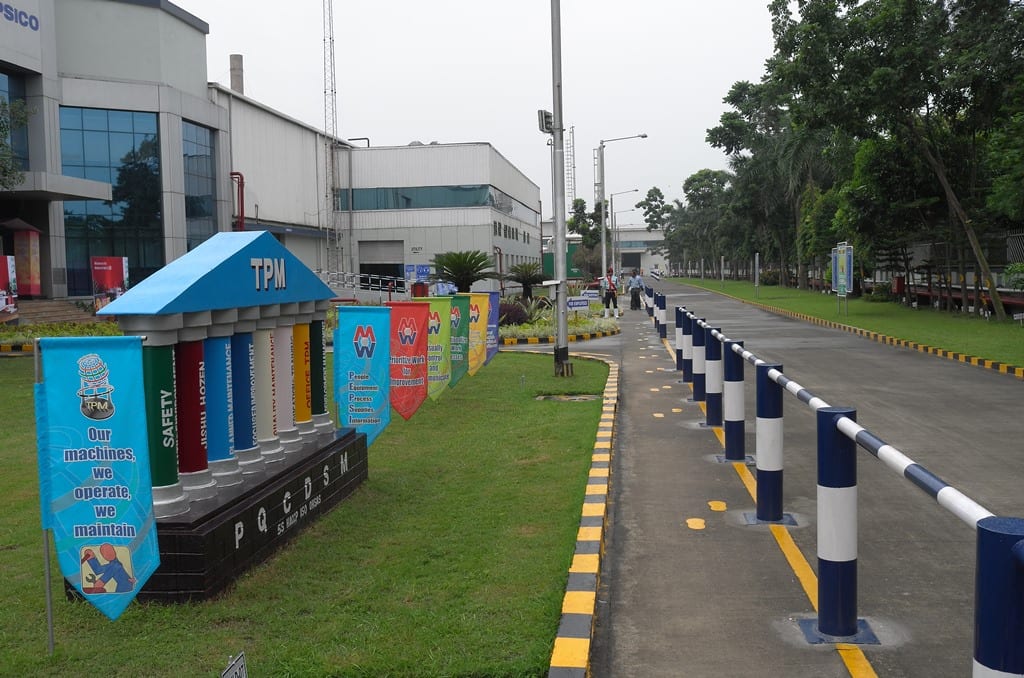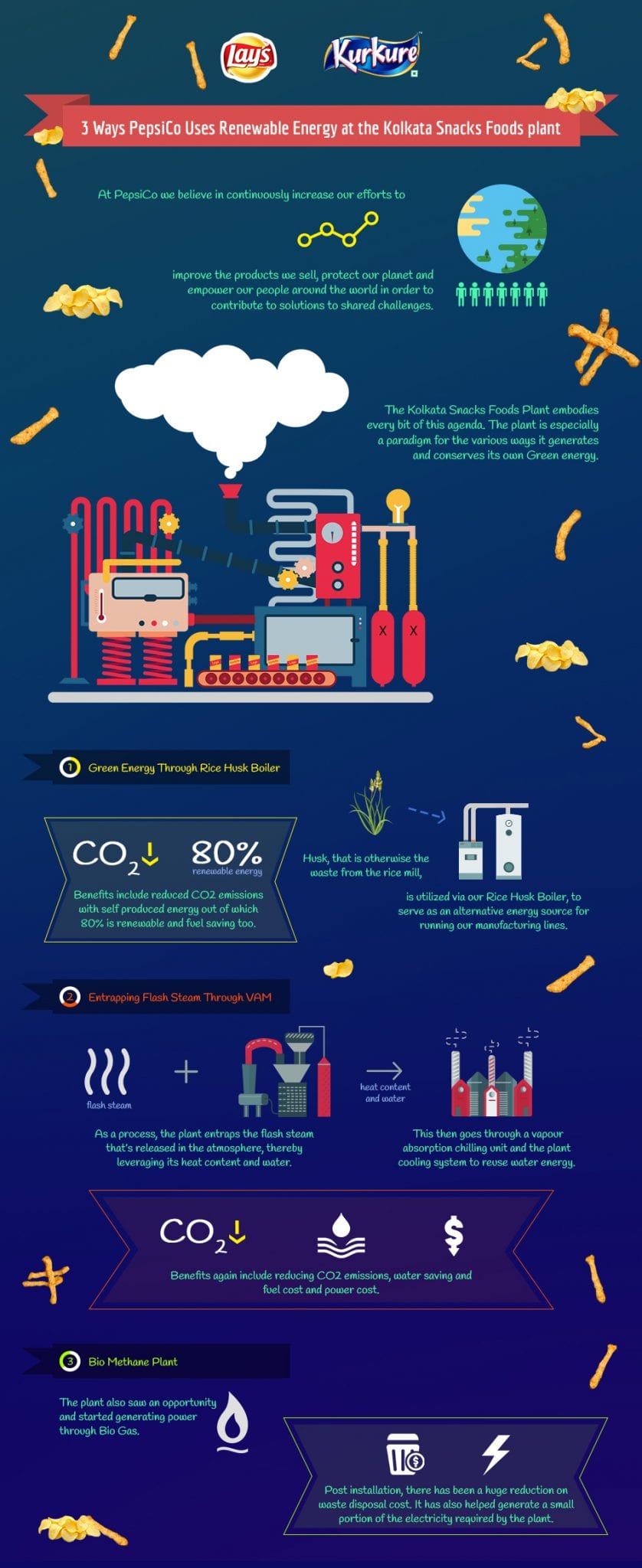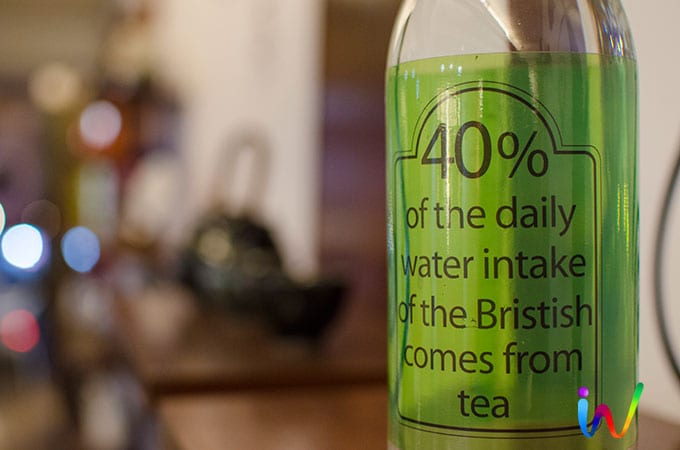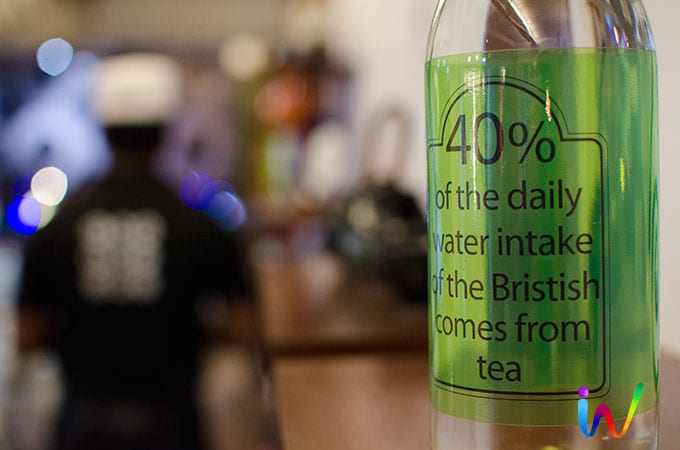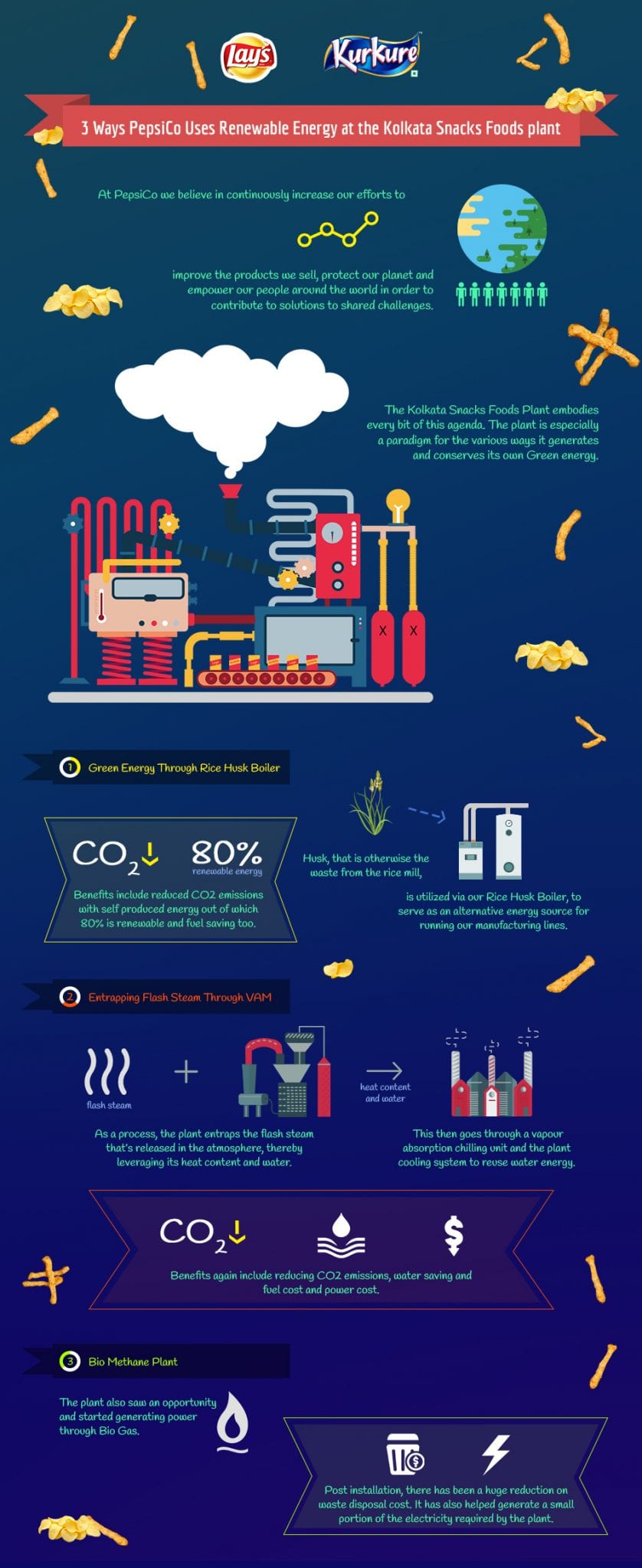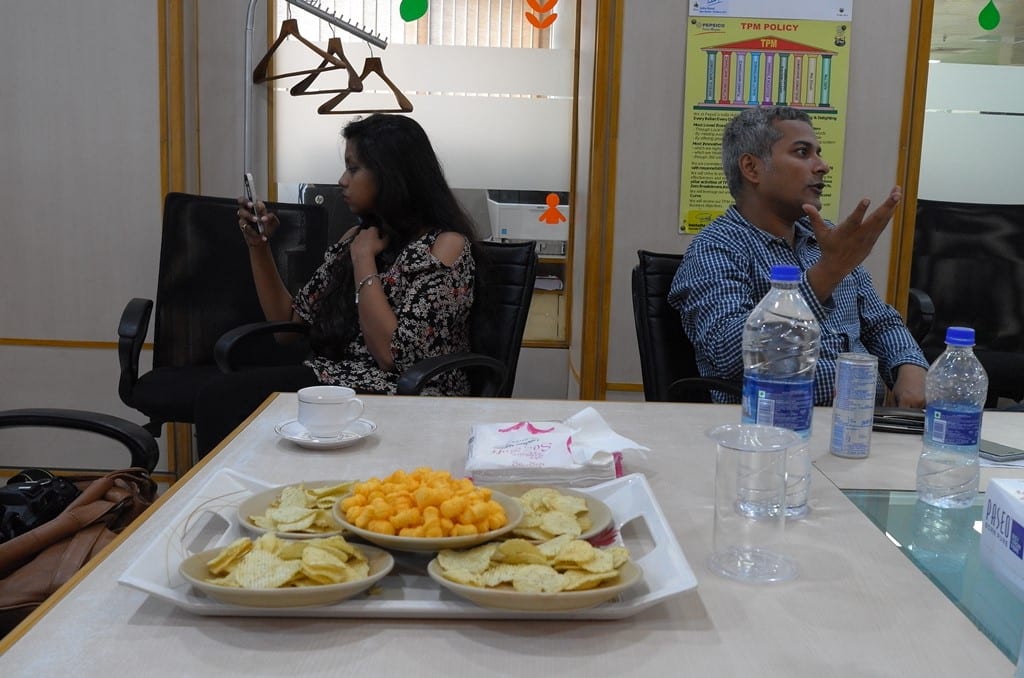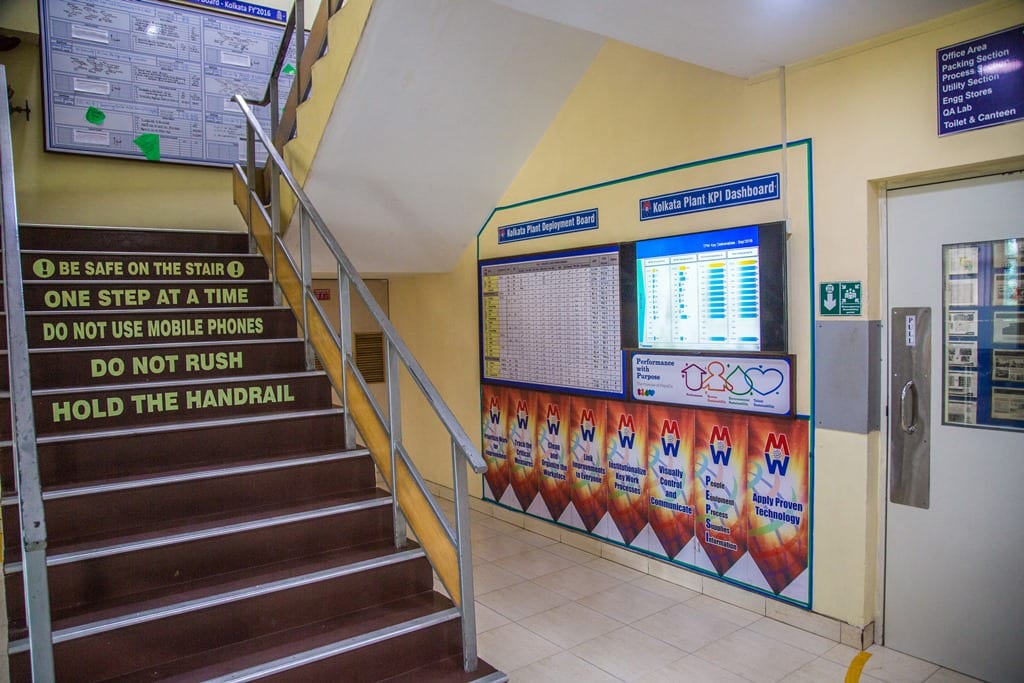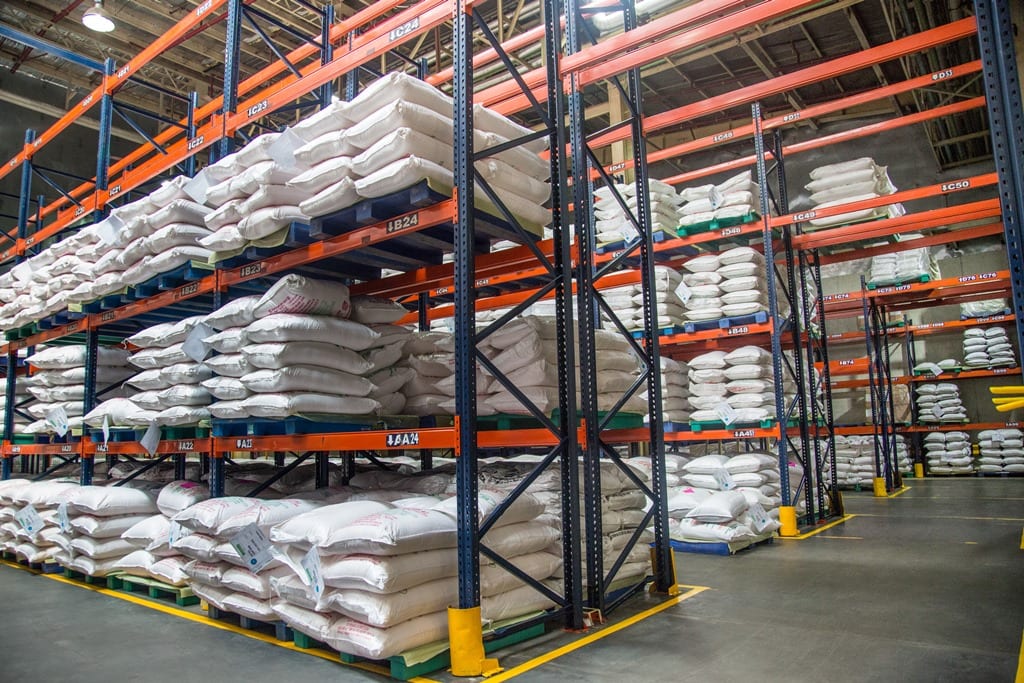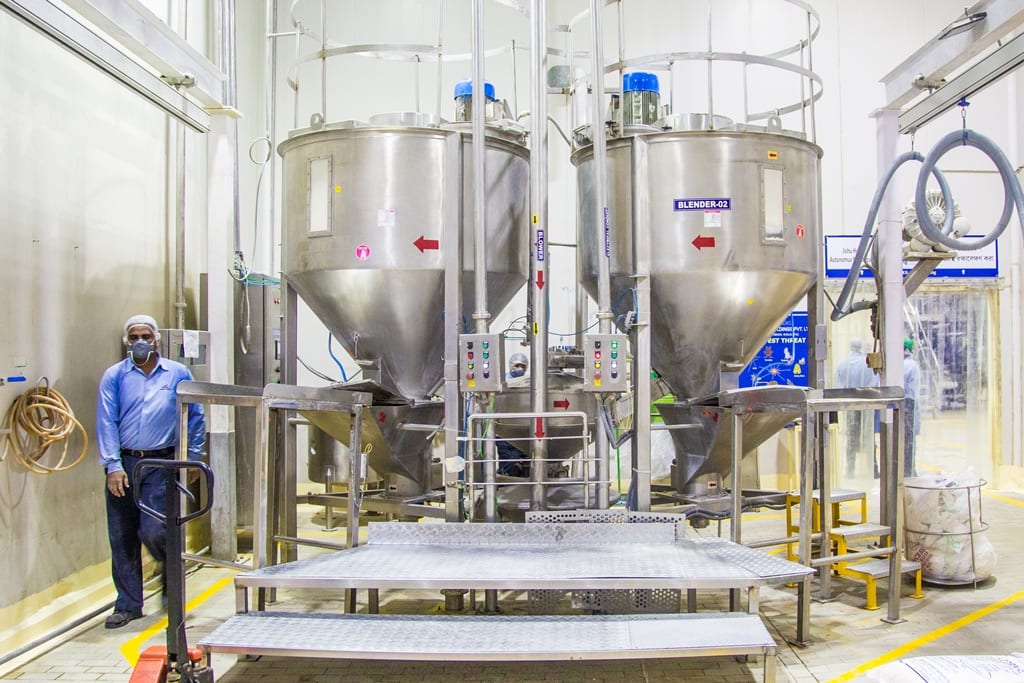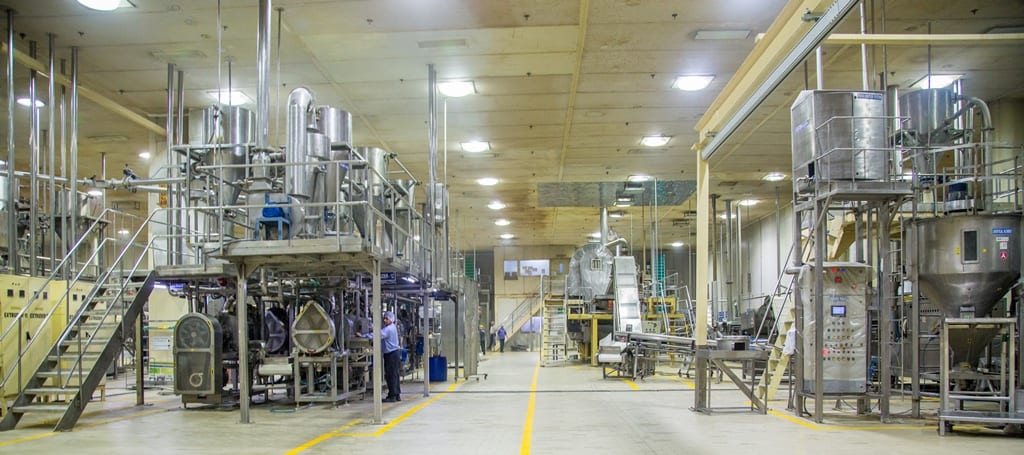Writing has got its own perks. It can take me to places where, it’s normally difficult for a common man like me. Lays and Kurkure had been a house-hold name in India since lace many years- especially among kids and It had been my long-cherished dream to get into one of the factories that’s used to produce the same in such large quantities. The chance came when I was invited to visit the Pepsico plane in Sankrail Food Park to physically check their production process and I was almost jumping with joy.
Please be alert, unlike my other posts, this will be slightly lengthy and with more of data and charts and lots of visuals. But like me, if you’re interested in knowing what goes inside a plant of this scale, carry on…
PepsiCo entered India in 1989 and has grown to become one of the largest MNC food and beverage businesses in India. PepsiCo India has been consistently investing in the country and has built an expansive beverage and snack food business supported by 62 plants across foods and beverages. PepsiCo India’s diverse portfolio includes iconic brands like Pepsi, Lay’s, Kurkure, Tropicana 100%, Gatorade and Quaker.
PepsiCo’s growth in India has been guided by “Performance with Purpose”, its goal to deliver top-tier financial performance while creating sustainable growth and shareholder value. In practice, Performance with Purpose means providing a wide range of foods and beverages from treats to healthy eats; finding innovative ways to minimize our impact on the environment and reduce our operating costs; providing a safe and inclusive workplace for our employees globally; and respecting, supporting and investing in the local communities where we operate. In 2009, PepsiCo India achieved a significant milestone, by becoming the first business to achieve ‘Positive Water Balance’ in the beverage world, a fact verified by Deloitte Touché Tohmatsu India Pvt. Ltd. The company has been Water Positive since then.
Lays and Kurkure made in the Pepsico factory which is a state-of-the-art automated factory situated at Sankrail Food Park, just after the Dhulagarh toll-plaza. We were picked up from home and taken there by the Pepsico team in the morning itself for an eventful day. The factory had a brilliantly maintained lawn in front which added to the beauty. The whole campus was surrounded by a neat, guarded walkaway to reduce the risk for accidents.
We were led to the conference hall with other bloggers flown across from different parts of the country and after a snacks, were shown a small yet informative presentation on the how Kurkure and Lays came into the Indian scenario, their expansion plans, the production cycle and certain points regarding how Pepsico is producing renewable energy and the good HR practices. Needless to say, unlimited supply of Pepsi bottled drinks and the full range of their snacks were available and we has our choice.
It was surprising to know that this state of the art Snacks plant has reduced its dependence on non- renewable energy by 85% from a baseline of 2006. This reduction has been on two counts – improved operating efficiency, technology intervention of plants and migration to renewable sources of energy. The three key pillars for renewable energy are:
- Rice husk boiler – acts as an alternative source of energy, ultimately generating steam for heating oil
- Bio Methane plant – it generates a portion of the electricity required and reduces the energy withdrawal from the regular grid
- Vapor Absorption Chilling unit – entraps the flash steam, otherwise going to the atmosphere, going through the plant cooling system, giving benefits like reducing CO2 emissions, water saving, fuel cost saving and power cost saving
For simplicity and for those who’re really interested, the whole process can be shown with the graphics below.
And the time came, where we were taken to the production area. Before entering, we were warned that it was a no-photography zone (but still some shooting was allowed in the packaging area) and also sufficient safety clothing (including security boots, mouth covers, jackets etc…) were given to us beforehand. The cameras, mobile phones and also any loose jewellery were deposited with the security personnel and we entered in two teams led by their respective champions from the production team, who were busy explaining the whole production cycle to us from stacking of material to the packaging.
I’d like to summarize the whole process with a small flowchart as follows:
Kurkure:- Ingredients used include rice meal, corn meal, gram meal, edible oil and seasoning/ spices.
Lay’s:- Ingredients used include potato, edible oil and seasoning/ spices.
The production floor was automated with minimal use of physical manpower and the primary concerns were quality control, security and cleanliness.
It was a 1.5 hours tour of the full production unit and we were quite clear on how these items and produced with such level of quality control.
The packaging section, though automated, needed certain physical manpower involvement and fortunately, we were allowed to shoot there.
The day was almost over and few of our fellow bloggers had their flight tickets on the same evening. The pickup cars were ready and we headed to the city.
Frankly, I am used to reviewing food joints of different kinds (thankfully), but this type of an opportunity comes only once in a while. Normally, as an outsider, we have lots of strange ideas about these products like, the work environment, wastage of energy, usage of plastic etc etc…. But after vising this and once you go through the write-up, I am quite confident that one can get rid of the same…..
However, thanks a lot Pepsico for the wonderful experience and someday, I sure hope to come back for creating a photo-story on this factory. Till then, good bye !!!
*** Disclaimer: Most of the Photographs are provided by the Pepsico team ***
Comments and critics welcome.
I can be reached at 9903528225 / indrajit.lahiri@ymail.com
#Kurkure, #KitchenOFKurkure, #KitchenOfLays, #Mohamushkil, #SocialBong, Food, #FoodBlogger, #Yum


